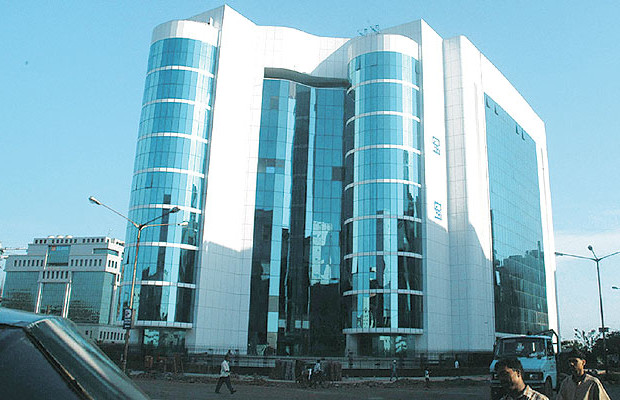INDIA’S EYE ON GAMES SMES PLAY

India’s Capital market regulator Securities and Exchange Board of India (SEBI) has recently started investigating a string of trades in stocks of small and medium enterprises (SME) and derivatives like currency options carried out to launder money and escape tax.
Persons with unaccounted cash are suspected to have misused the SME trading platform of exchanges to show the money as legitimate trading income. Another set of people, on the other side of the deals, did the reverse — converting a slice of their official income into unreported cash or “black money” to book fake expense or loss that would lower earnings and tax. The trades typically happened in the run-up to the quarterly closing and a few months preceding the end of a financial year. The investigation is at an advanced stage.
The regulator and bourses offered the SME platform as an avenue to enable small companies to raise funds with fewer formalities and disclosures. But it appears that some may have taken advantage of easier rules to list companies that serve as money laundering machines.
Here’s how it happens. It begins with the registration of a company or preparing an existing firm for listing. Say, the stock is placed at a valuation of Rs 25 a share to a person who is looking for a way to convert black money into white. He actually pays Rs 500 a share – Rs 25 officially in cheque and Rs 475 as cash. The stock is then valued at Rs 25. All this happens at the prelisting stage. Then the company is listed at a price of Rs 25 and the stock is driven up through circular trading among promoters or within a closed group to Rs 500 or even higher. The man who bought the shares at Rs 25 when the firm was unlisted now sells the shares at Rs 500 knowing fully well that the stock is not even worth a fraction. He receives Rs 500 as official trading income — which net of ‘service charge’ is the amount he had given as cash to the company’s promoter prior to listing. Thus, the black money returns as white.
But, who buys the shares on the exchange? That’s the other side of the story. The buyer, fully aware of the underlying deal, steps in with a different plan and purpose. He does exactly the opposite (to what the seller of the stock does) – buys the stock on the exchange at Rs 500 and collects cash of Rs 475 (per share) from the original promoter. The share purchase on the exchange lowers his taxable income. The promoter acts as the cash conduit: he collects cash from the first person who converts white money into black to lower tax. After the deal is cut, trading interest in the counter wanes and the stock slips back closer to its listing price or below. Occasionally, the company informs the exchange about the change of promoter.
The game in currency options is simpler, even smarter. There is no need to incorporate a company, apply for listing and open demat accounts. Also, transaction cost is lower. Multiple trades in out-of money options help an option buyer to convert black money into white. The conversion does not happen in one or two deals. The call option buyer goes on buying and selling, booking small profits every time. The deal is spread over a series of transactions so as not to attract attention.
Since out-of-money options are illiquid contracts that do not typically attract genuine market participants, the buyer and seller can go on repeating such deals in the far end of the market. The buyer of the call option — who books profit — converts black money or cash into white, while the option seller (who receives the premium) does the opposite. Outside the exchange and with the help of a broker (who puts through the option trades), cash moves from the buyer to the seller who shows losses, lowers tax and gets back large part of the amount in cash.




You must be logged in to post a comment Login